Our favourite trees
David Alderman, 14/12/2018
Our recorders and verifiers do a brilliant job finding remarkable trees and adding them to the inventory. Here we’ve picked out some of our favourite trees from October and November.
Lovers beech
On an exposed hillside in North Yorkshire, on the site of an old stone fort, stands a lonely beech tree. From a distance the tree looks like a pollard but on closer inspection it appears to be a bundle of several stems, now inter-twined and fused together.
Today it stands within a nature reserve and the owners have named it 'Lovers' Beech' due to the many sets of initials and years carved into the bark.
The tree was probably planted within the last 150 years and one of the photos taken by recorder Ros Evans, shows the year 1956 carved into it.
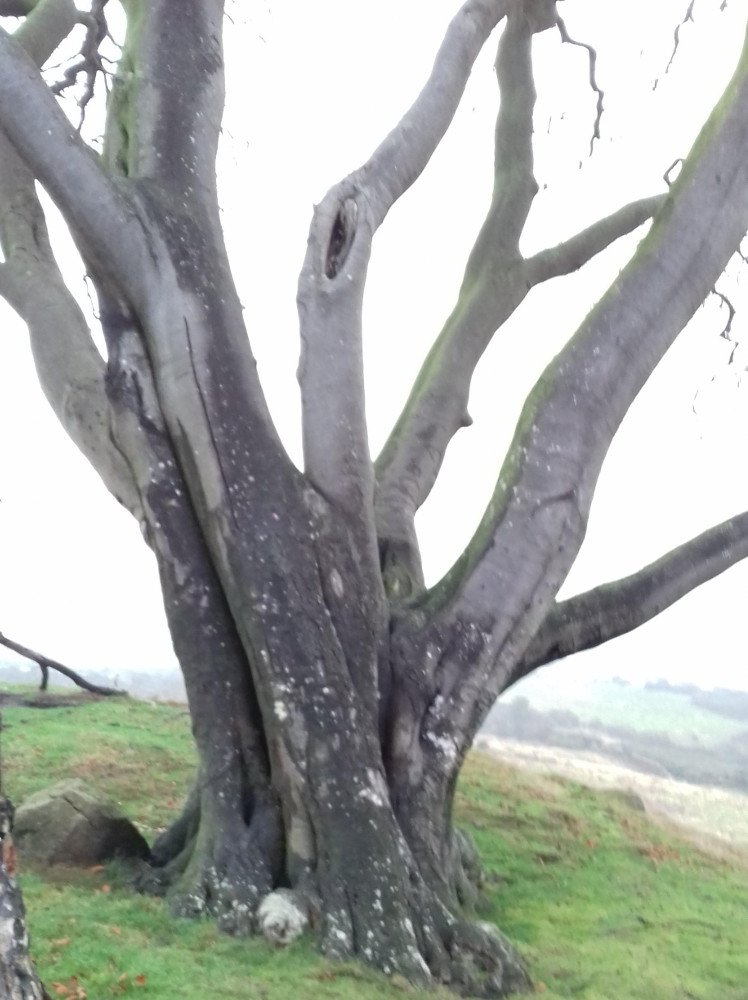
The lovers beech many initials and years carved into the bark. (Photo: Ros Evans)
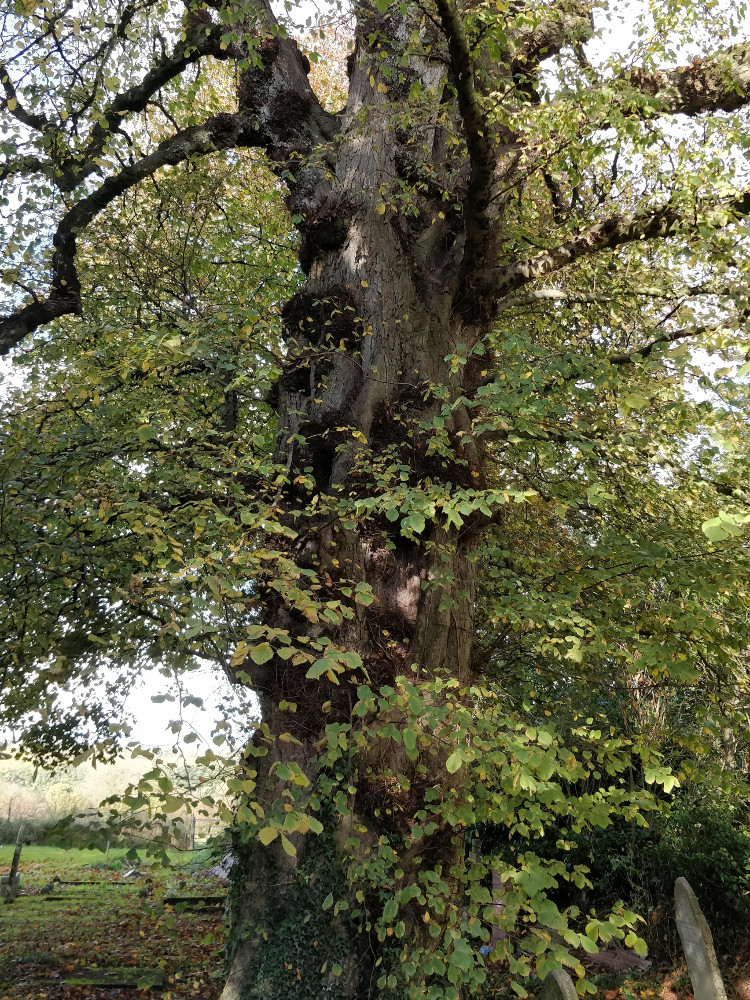
This European white elm is the third largest known to be surviving in Britain. (Photo: Tony Lane)
Churchyard elm
Tony Lane reported this big European White elm (Ulmus laevis), almost 5m in girth, to the Tree Register. And he was amazed to be told it was the third largest known to be surviving in Britain.
Tony spotted the tree in the churchyard in the village of Witheridge, west of Tiverton in Devon. Now one of the more frequently seen of our big surviving elm, the Tree Register has recorded 66 specimen trees since the year 2000, of which 13 are on the ATI.
Some of the largest elm across Europe are also this species where, in Germany and Poland, it has been found at over 9m in girth.
The Conservation Foundation are currently recording all surviving elm trees as part of their latest project, the Great British Elm Search.
The Medusa Tree
Recorded by Helen Leaf, the Medusa Tree looks every part the Greek mythical creature whose hair was a tangle of writhing snakes.
However, the origins of this tree was rather less dramatic, having self-coppiced from a burred trunk, it will be interesting to see what it looks like in the future.
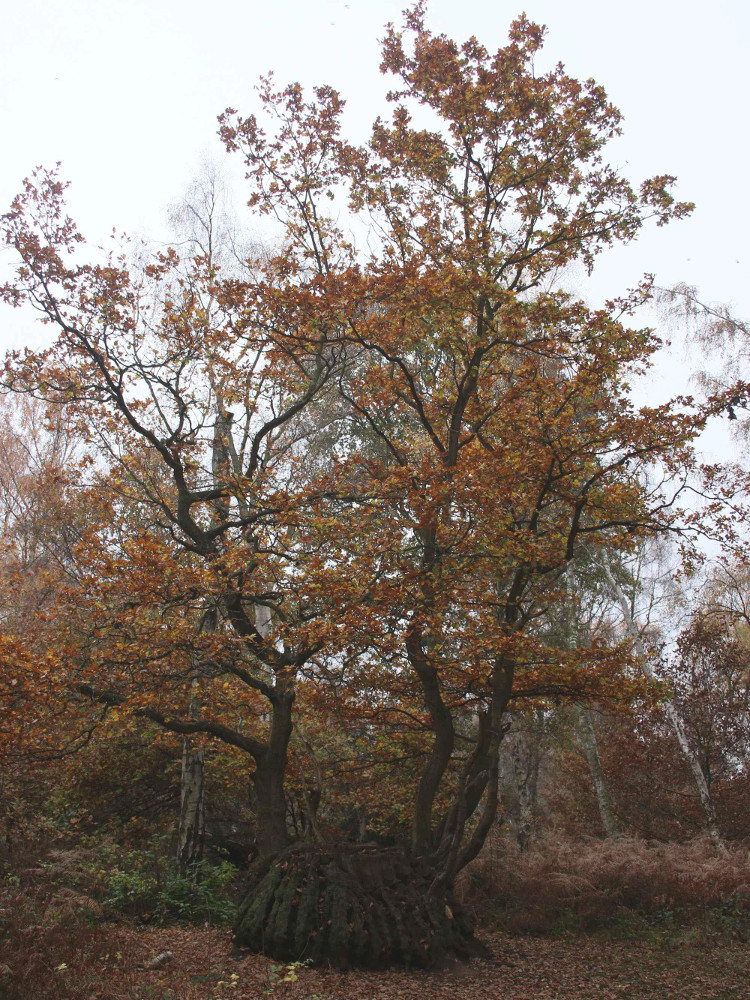
The medusa tree in Sherwood Forest Country Park. (Photo: Helen Leaf)
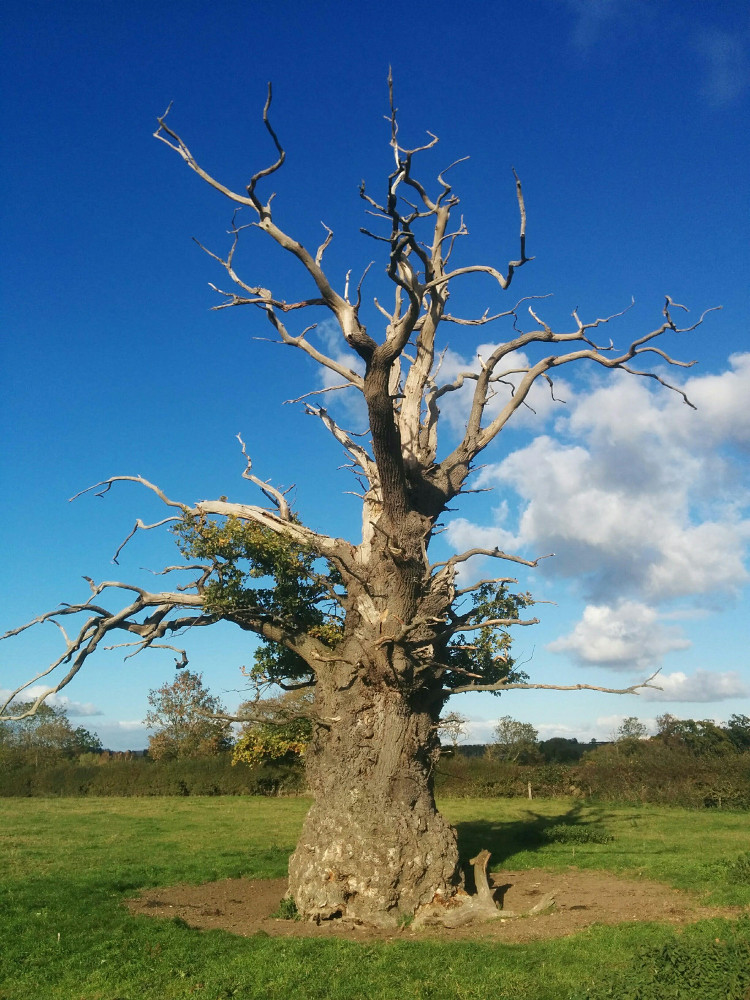
This oak in Worcestershire has the potential to be another medusa oak (Photo: William Bick)
An oak that looks as though it has the potential to be another “Medusa” tree has been recorded in rural Worcestershire by William Bick.
But the pressure from livestock and compaction is clearly visible on this tree, compared to the woodland setting in Sherwood. Its chances of producing similar phoenix growth has been greatly reduced and, like many others, unlikely to survive into the next century.
A hawthorn that survived Capability Brown
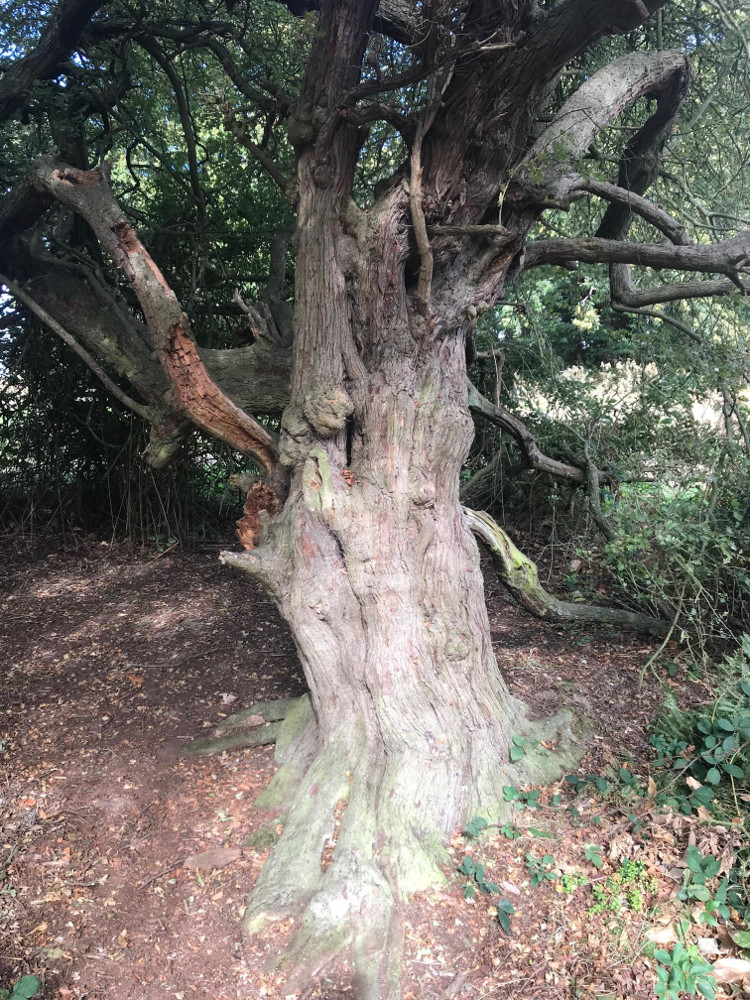
This hawthorn has been retained on Ampthill Park. (Photo: David Alderman)

A close up shows lots of niches for creatures to live in. (Photo: David Alderman)
With some 2,500 ancient and veteran hawthorn recorded on the ATI it is clearly an important species and although overlooked by many, is often the only surviving old tree in a historic landscape.
When Ampthill Town Council in Bedfordshire, began the restoration of the Capability Brown landscape of Ampthill Park, there was concern about the removal of trees. So, it was particularly reassuring to see that hawthorn, such as this one, were recognised as being important and retained.
Although not a remnant of the medieval deer park it is probable that this thorn was originally deliberately kept, along with others, in the later landscaping and is today a prominent feature.
With its mistletoe strewn crown it stands near a more familiar Capability Brown designed clump of Horse chestnut and sycamore. If this tree were in Ireland it would be a “Fairy Tree” and even here it is certainly home to many small creatures!
What’s your favourite tree?
Do you have a favourite tree on the Ancient Tree Inventory? Take a look on tree search and pick out your favourite. Then show it some love; add a photo and make sure the record is up to date.
If your favourite old tree isn’t on the inventory get it recorded. There’s lots of advice in our recording guide.
